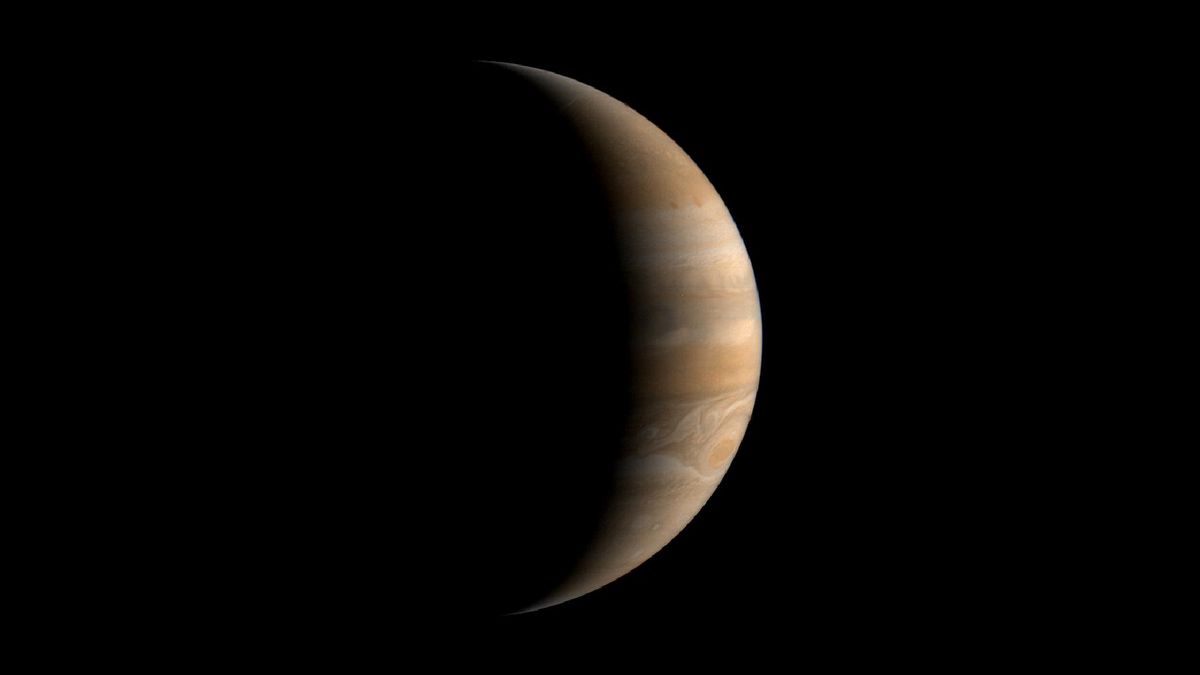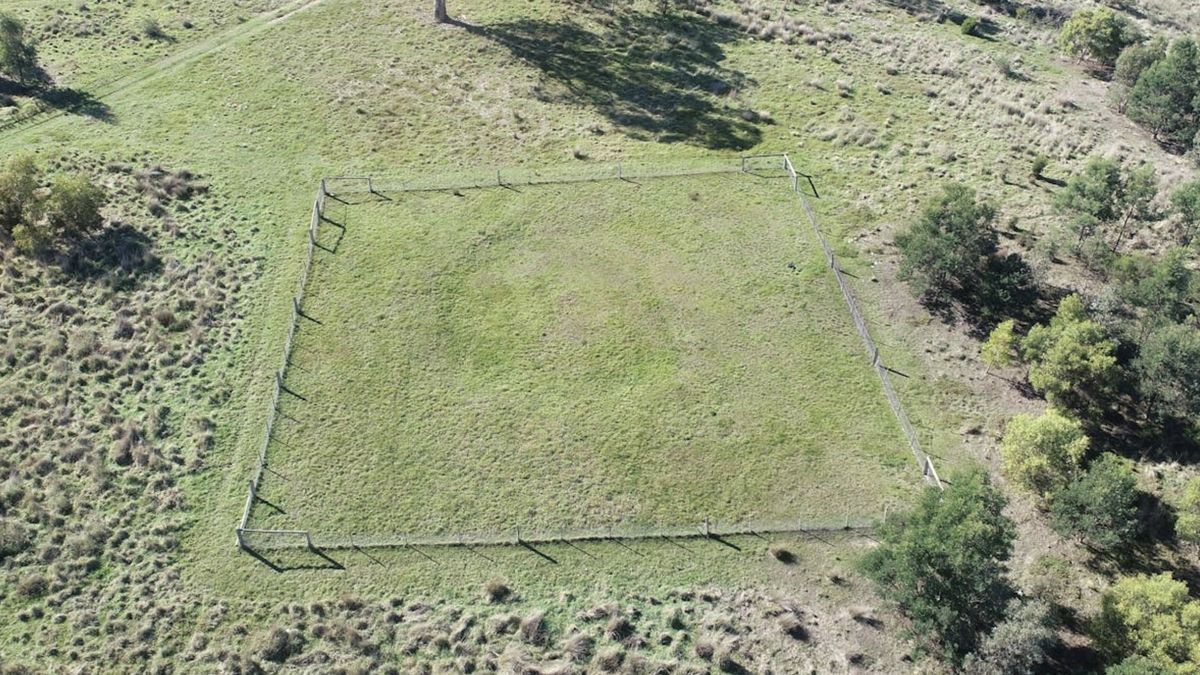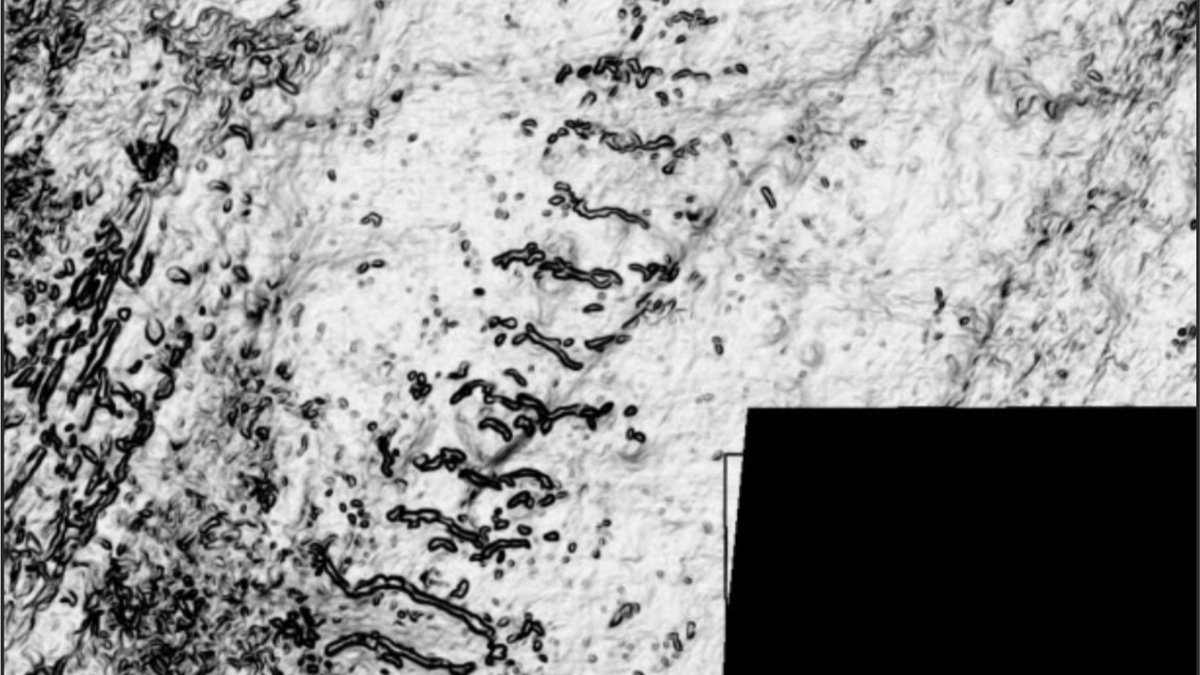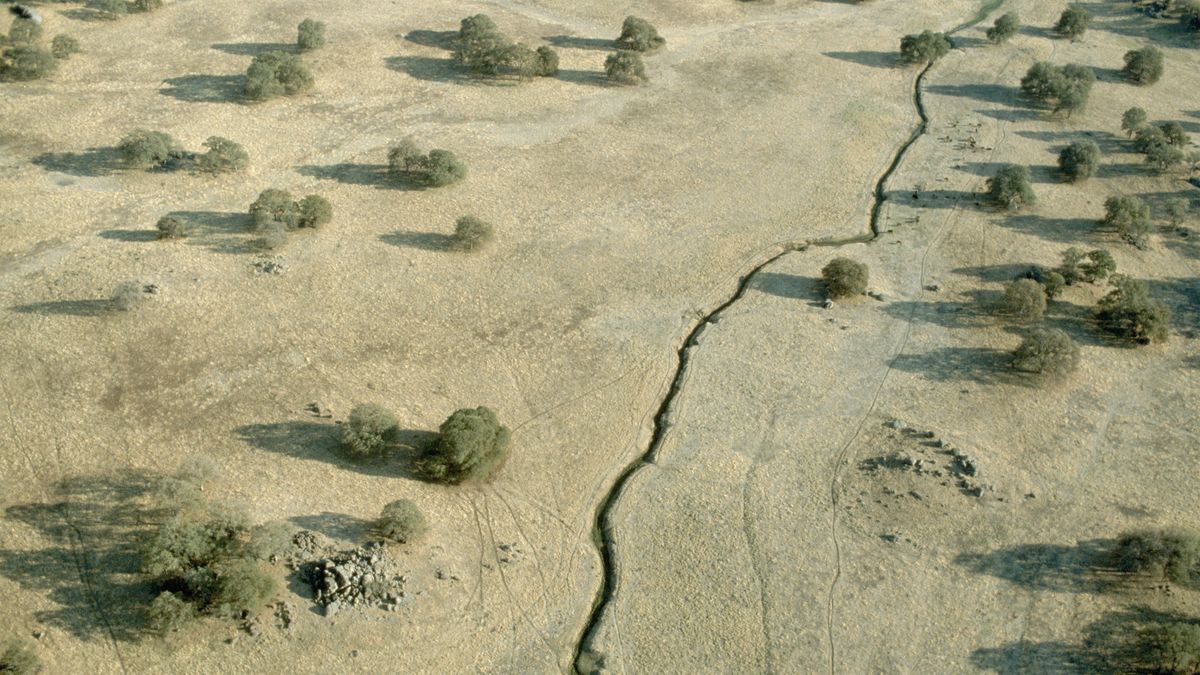A planet-size object that possibly once visited the solar system may have permanently changed our cosmic neighborhood by warping the orbits of the four outer planets, a new study suggests. The findings may shed light on why these planets’ paths have certain peculiar features.
For decades, astronomers have debated how the solar system’s planets formed. However, most hypotheses agree on the type of orbit the planets should have: circles that are arranged concentrically around the sun and lie on the same plane. (If you viewed them edge-on, you would see only a line.) However, none of the eight planets, including Earth, have perfectly circular orbits. Plus, the planets’ paths don’t lie precisely on the same plane.
Compared with Mercury (whose orbit, within our planetary family, is the most egg-shaped and tilted), the paths of the four outer giant planets — Jupiter, Saturn, Uranus and Neptune — show minor deviations from the ideal orbits. Yet explaining these niggling discrepancies has been challenging, said Renu Malhotra, a planetary scientist at the University of Arizona in Tucson and a co-author of the new study.
“[T]he puzzle for theoretical astrophysics has long been to figure out how the orbits later became out-of-round and tilted from their mean plane by not too much and not too little,” she wrote in an email to Live Science. While previous research has focused on how interactions between these planets reshaped their orbits, Malhotra said, “these hypotheses are not consistent with certain important details of the observed orbits.”
An interstellar visitor
To tackle this puzzle, Malhotra and colleagues considered a less-examined scenario: that a visiting star-size object tweaked these planets’ paths around 4 billion years ago.
Related: Giant ‘kidney beans’ spotted in Mars satellite images could point to signs of water and life
Using computer models of the four outer planets, the team carried out 50,000 simulations of such flybys, each over 20 million years, while altering certain parameters of each visitor, including its mass, speed and how close it approached the sun. The researchers also expanded their search compared with previous studies by considering objects much smaller than stars — as tiny, in fact, as Jupiter. They also looked at situations with superclose passes, focusing on scenarios where the interloper came within 20 astronomical units (AU) of the sun. (One AU is approximately 93 million miles, or 150 million kilometers, roughly the average distance from Earth to the sun.)
Although most simulations created conditions very unlike the current solar system, the researchers found that in approximately 1% of the simulations, the visitor’s passage altered the giant planets’ orbits to approximately their current state. The interlopers in these near matches dove straight into the solar system, traveling way past Uranus’ orbit, with some even grazing Mercury’s path. And they were relatively tiny, ranging from two to 50 times the mass of Jupiter.
“This range includes planetary masses to brown dwarf masses,” Malhotra said. (Brown dwarfs, often called “failed stars,” are odd celestial bodies that are heavier than planets but not as massive as stars.)
Because many close-matching simulations had the planet-like object swooping through the inner solar system, the researchers created an additional 10,000 simulations including the terrestrial planets as well. In these cases, too, the flybys that had previously altered the giant planets’ orbits to their present states recreated the solar system’s current appearance.
The simulation that produced the most realistic results involved an object eight times Jupiter’s mass swooping as close as 1.69 AU from the sun. That puts it only slightly farther than Mars’ current orbit of 1.5 AU from the sun.
The simulations show that just one substellar object flyby was sufficient to alter the giant planets’ trajectories. Because observations suggest substellar bodies are fairly numerous in the cosmos, visits by such objects may be more commonplace than flybys of stars.
The study, which hasn’t been peer-reviewed yet, was published in the arXiv preprint database in December.















